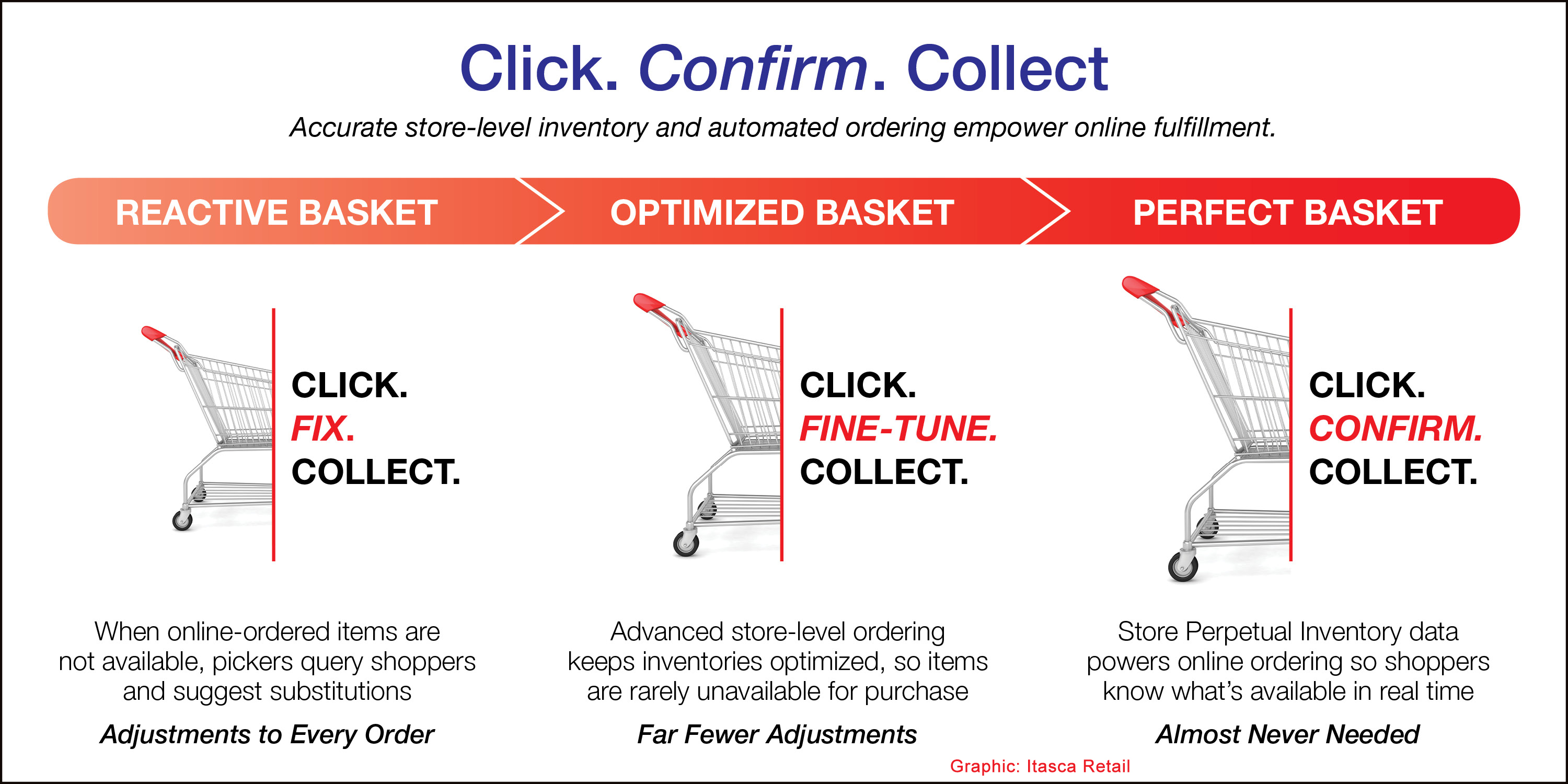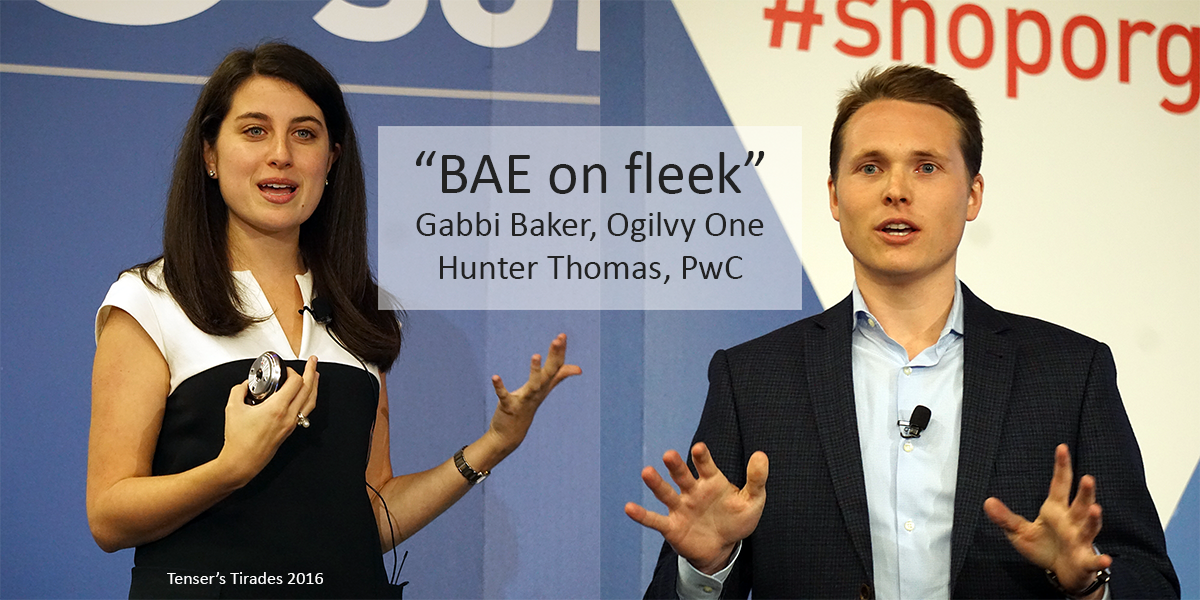LIVE FROM NRF 2019: My BrainTrust LIVE! report from the Big Show in New York, Jan. 14 2019.
Tenser’s Tirades reports from the crossroads of the Big Show floor as hundreds of attendees flow past. This year’s event boasted 37,000 registered attendees, 900 members of the media and more than 120 keynote, breakout, and vendor-sponsored educational sessions.
BrainTrust LIVE! January 14, 2019 – With James Tenser
Topic: Our BrainTrust panelist, James Tenser, reports in from the floor of NRF’s Big Show and boils things down into three areas of innovation he’s seeing as most prevalent at the show. [13 minutes][Posted by RetailWire on Monday, January 14, 2019]




